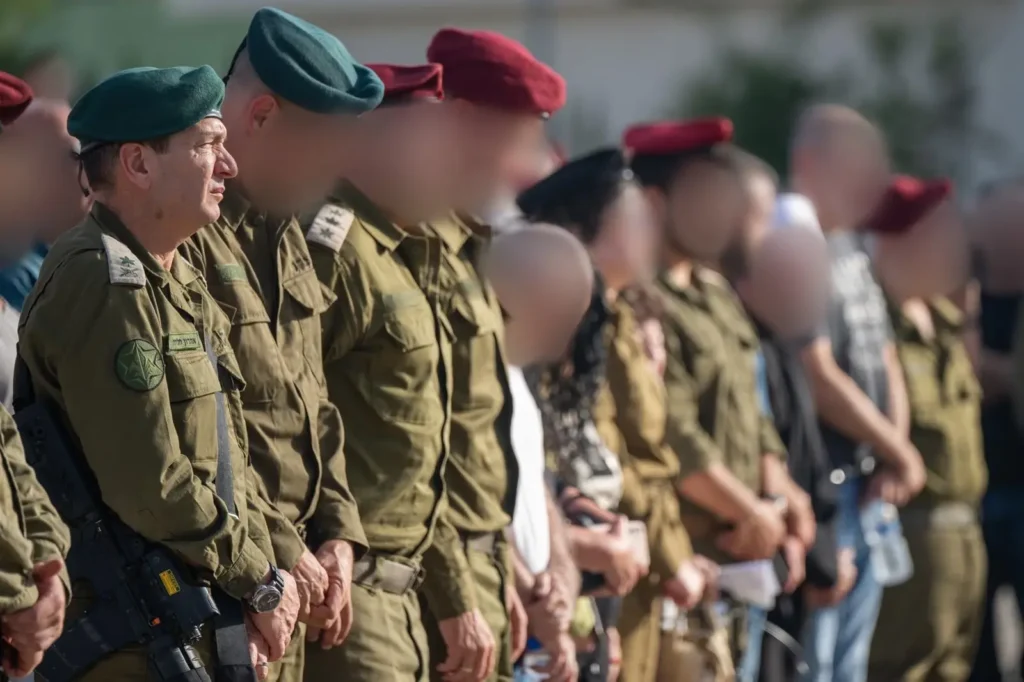The staggering scale of the oft-overlooked Battle of Midway
- By Tory Rich
Share This Article

When it comes to World War II history and early June, the Allied invasion of Normandy stands above all else in most minds, and understandably so. However, from June 4 to June 7 of 1942, what was an even more consequential battle was being fought in the Pacific. The invasion of Normandy was one of the final blows in a war that had already gone awry for Hitler’s Germany, but the Battle of Midway was a pivotal battle that stopped Japan in its tracks and changed the momentum of the war in the Pacific.
The Japanese had been rolling in the Pacific since the surprise attack at Pearl Harbor, occupying Malaysia, Singapore, the Dutch East Indies, and the Philippines by March of 1942. The Battle of Coral Sea about a month prior to the Battle of Midway was the first “carrier” battle of the war, and was what finally stemmed Japan’s six months of progress across the Pacific.
If Coral Sea stopped Japan’s momentum, it was the Battle of Midway that completely turned the tides.

The importance of communications intelligence (COMINT), and analyzing and using it effectively had been made very clear after the attack on Pearl Harbor. Two U.S. radio-intercept units, FRUPAC (Fleet Radio Unit- Pacific at Pearl Harbor) and FRUMEL (Fleet Radio Unit- Melbourne in Melbourne, Australia) were able to begin decoding Japanese messages and predicting operational patterns. Not only did this make it possible for the U.S. to surprise the Japanese with formidable resistance at Coral Sea, but it made it possible for U.S. Naval forces to win at Midway.
Spurred on by the Doolittle Raid on Tokyo, the Japanese decided to move forward with the risky plan set forth by Admiral Isoruku Yamamoto. To provide mainland Japan and its recent conquests a first line of defense against another such attack, as well as a more forward base of naval operations, the intent was to occupy Midway Island and the Western Aleutians (now Alaska). The work of U.S. COMINT teams, including a dead-on prediction of a Japanese attack on June 4, made it possible for Admiral Nimitz to respond with two task forces including three aircraft carriers (the USS Hornet, USS Enterprise and USS Yorktown) that would all play a key role in the Battle of Midway.
In the span of about eight hours on June 4, U.S. Navy dive bombers and torpedo bombers sank four Japanese aircraft carriers (against just one lost), eliminating almost one-third of Japan’s entire carrier fleet, crippling Yamamoto’s invasion force and sending it limping home.
The graphic below illustrates the enormous scale of the Battle of Midway, both in terms of distance covered and in the significance of losses to the Japanese, most of the them in a single day.

As the U.S. Naval History and Heritage Command puts it: “Due to American COMINT capabilities, astute intelligence analysis, judicious aircraft carrier tactics, and more than a little luck,” the U.S. Navy inflicted a devastating blow at the Battle of Midway that put Imperial Japan on the defensive for the rest of the war.
Read more from Sandboxx News:
- Five WWII attacks on US soil (besides Pearl Harbor)
- What if Japan hadn’t carried out the Pearl Harbor attack?
- Five of the most badass quotes ever from the US Navy
- 7 secret weapons Allies would’ve faced while invading Japan
- Zero: Did Japan have the best fighter plane of World War II?
Feature image: U.S. Naval History and Heritage Command
Related Posts
Sandboxx News Merch
-

‘AirPower’ Classic Hoodie
$46.00 – $48.00 Select options This product has multiple variants. The options may be chosen on the product page -

‘Kinetic Diplomacy’ Bumper Sticker (Black)
$8.00 Add to cart -

‘Sandboxx News’ Trucker Cap
$27.00 Select options This product has multiple variants. The options may be chosen on the product page
Tory Rich
Tory Rich is a Marine veteran, and now coaches football and wrestling, so he spends most of his time lecturing younger people about “back in the old days.” Fortunately, there aren’t a lot of kids to tell to get off his lawn deep in the woods of Vermont. Since he got out of the Marines in 2011, Tory got a bachelor’s degree in Kinesiology from UNLV. While he lived in Las Vegas he dabbled in powerlifting and learned just enough about mixed martial arts to get his butt kicked.
Related to: Military History

The unassuming Beretta Model 71 was the pistol of choice for some of Israel’s best units

How the military has influenced fashion through the decades

How Green Berets jumped from planes with a man-portable atomic bomb during the Cold War

The Navy’s plan for its next trainer jet shows how carrier aviation has changed
Sandboxx News
-

‘Sandboxx News’ Trucker Cap
$27.00 Select options This product has multiple variants. The options may be chosen on the product page -

‘AirPower’ Classic Hoodie
$46.00 – $48.00 Select options This product has multiple variants. The options may be chosen on the product page -

‘AirPower’ Golf Rope Hat
$31.00 Select options This product has multiple variants. The options may be chosen on the product page -

‘Sandboxx News’ Dad Hat
$27.00 Select options This product has multiple variants. The options may be chosen on the product page
